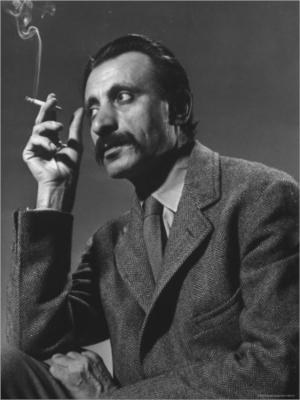
Arshile Gorky, original name Vosdanik Adoian, (born April 15, 1904, Khorkom, Van, Turkish Armenia [now in Turkey]—died July 21, 1948, Sherman, Connecticut, U.S.), American painter, important as the direct link between the European Surrealist painters and the painters of the American Abstract Expressionist movement.
Arshile Gorky was an American painter of Armenian descent who played a crucial role in the development of Abstract Expressionism. Originally named Vosdanig Adoian, Gorky was born in 1904 in the small village on the eastern border of the Ottoman Empire. Gorky was only a teenager when the Ottoman forces began the ethnic cleansing of the Armenian people. Even though Gorky and his family survived the Armenian genocide, his mother died of malnourishment shortly after. In 1920, Gorky immigrated with his sister to the United States. Little is known about his early years there, but the young man was determined to reinvent himself. He changed his name to Arshile Gorky, playing the role of a Russian noble and claiming to be a relative of the Russian writer, Maxim Gorky (which was impossible because Maxim Gorky was a pseudonym used by the writer Alexei Peshkov).
In 1924 Gorky settled permanently in New York. Even though he enrolled in several art classes, he was mostly self-taught, copying artworks in museums and galleries and reading art publications. Gorky paid particular attention to European modern art and was especially captivated by the paintings of Post-Impressionist Paul Cézanne. His early painting Staten Island (1927) and Pears, Peaches, and Pitcher (1926-1927) demonstrated his full commitment to learning and emulating Cezanne’s style.
At the same time, Gorky began to reconnect with his past and Armenian roots. One of his most notable paintings, The Artist and His Mother (1926-1936), was based on an old photograph taken in 1912 in Armenia. The emotional portrait expressed the artist’s personal sense of loss, but it also became a symbol of the tragedy of the Armenian genocide. From the late 1920s and during the 1930s, Gorky continued his artistic development by emulating the styles of European painters, Pablo Picasso, Joan Miró, and Fernand Léger. He was often criticized for lack of originality and his tendency to become immersed in someone else’s style. However, his method eventually allowed him to synthesize all of the techniques into his own highly original art.
Reference:
Wikiart.com
britannica.com
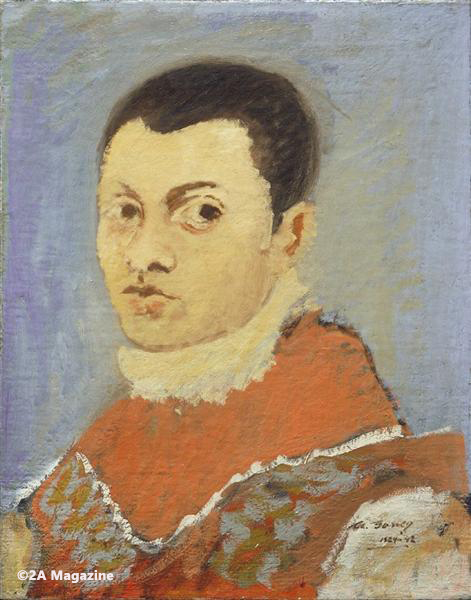
Portrait of a Young Man
Date: 1924 – 1927
Genre: portrait
Dimensions: 51 x 40.8 cm
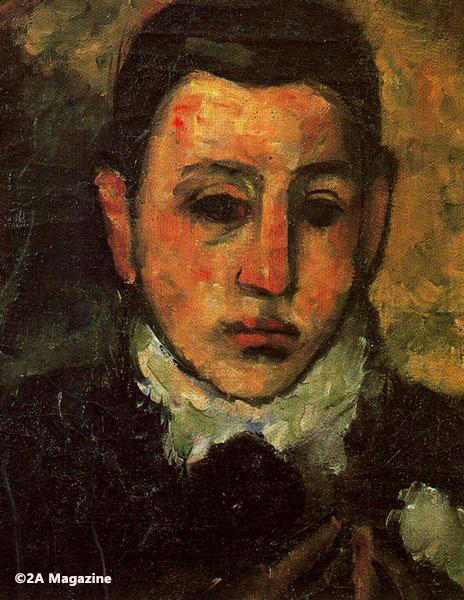
Self-Portrait at the Age of Nine
Date:1928Genre:portrait
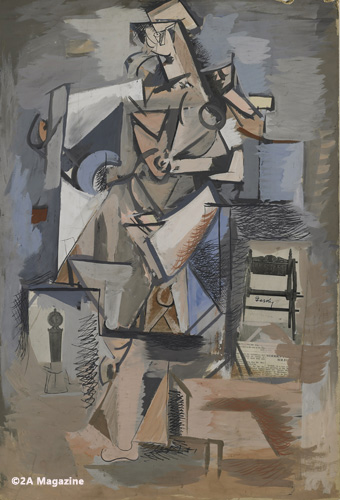
Untitled (Cubist Figure)
Date:c.1930Style:CubismGenre:abstractMedia:collage, gouache, boardLocation:Private CollectionDimensions:76 x 50.9 cm
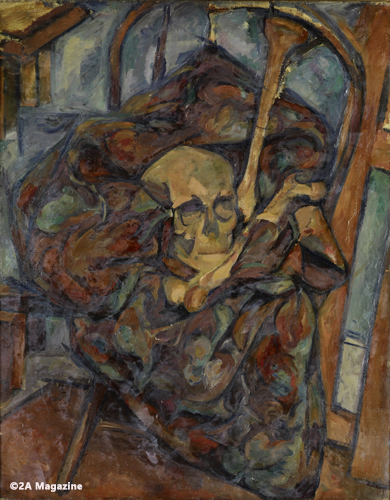
Still Life with Skull
Date:c.1927Style:Post-ImpressionismGenre:vanitasMedia:oil, canvasLocation:Private CollectionDimensions:85 x 68 cm
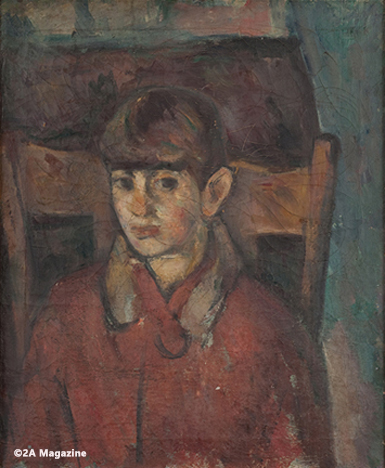
Portrait of Azadoohi (Liberty Miller)
Date:c.1926Style:Post-ImpressionismGenre:portraitMedia:oil, canvasLocation:Private CollectionDimensions:73.66 x 63.5 cm
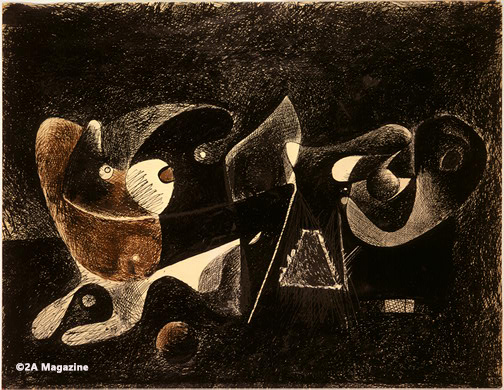
Night-time, Enigma, and Nostalgia
Date:1932 – 1934Style:SurrealismGenre:abstract
